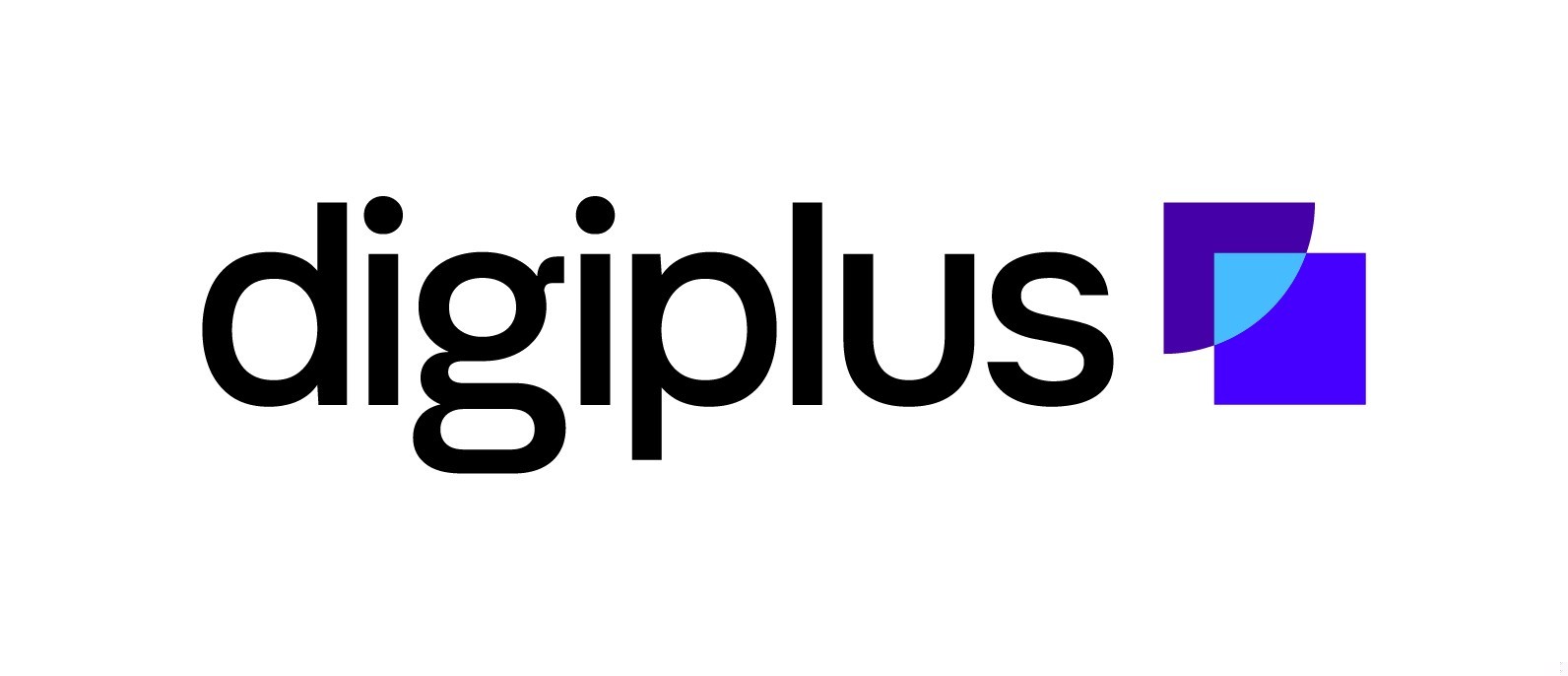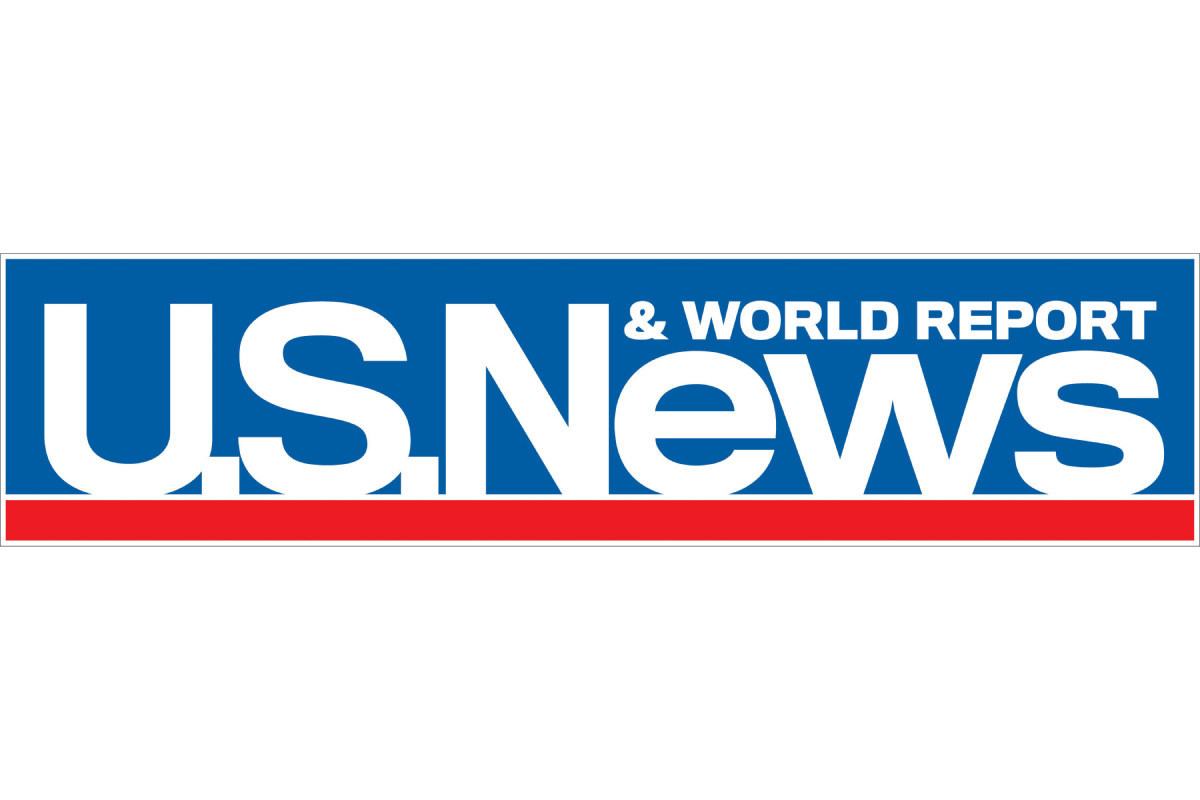Mumbai: The pace of loan and deposit growth slowed sequentially for several banks in the fourth quarter ended December even as margins came under pressure. While the last quarter of a financial year typically sees accelerated growth, lenders faced some pressure in Q4 FY25 due to persistent tightness in system liquidity, lagging deposit growth and the 25-basis-point rate cut by the Reserve Bank of India in the first week of February. Loan growth for Punjab National Bank, Bank of India, IDFC First Bank, Yes Bank, Bandhan Bank, IDBI Bank and South Indian Bank fell to 8-20% on-year from 12-22% in the previous quarter, as per data compiled by from per-quarter provisional updates of the banks.
Following the rate cut, outstanding weighted average lending rate (WALR) of banks fell to 9.78% in February from 9.85% in the previous month, according to the latest RBI data.

The outstanding weighted average term deposit rate, on the other hand, was unchanged at 7.02%. Banks faced increased headwinds in the second half of FY25, with credit growth moderating due to the lagged impact of regulatory tightening, asset-quality deterioration in certain retail segments, tighter liquidity conditions and higher interest rates, according to SBICAP’s EcoCapsule report dated 4 April.
System liquidity was estimated to be in a deficit of 1.5 trillion to 3 trillion in the January-March quarter. Lowest in four years “Personal loans growth dipped to the lowest in 4 years, with secured segment slowing down along with unsecured while an uptick in slippages warrants a cautious outlook on borrowed consumption," the report said.
However, the government’s push for boosting consumption with tax cuts amid improved incomes bodes well for the segment, it said. Notably, non-food credit growth for the banking sector averaged 11.2% in January-March, slightly higher than 11.
1% in the previous quarter. On the other hand, deposit growth for the system averaged 10.5% in Q4 FY25, lower than 11.
5% in Q35, as per the SBICAP report. Also read | “The recent outperformance of large private banks over others (mid-tier private, regional, small finance and public sector banks) has come at a time when their peak earnings performance might be already behind," Kotak Institutional Equities said in a 1 April report. It noted that loan growth has slowed, with no near-term drivers of recovery.
Deposit growth remains sluggish and there has been no reduction in deposit rates despite rate cuts, indicating potential disappointment in near-term net interest margin (NIM), it said. The report added that as liquidity conditions improve, frontline banks that have fewer concerns may lead growth in the initial stages of recovery. However, asset quality and growth remain persistent areas of concern.
Margin pressure The cut in the policy repo rate led to an automatic reduction in the interest rate on banks’ external benchmark-linked loans even as deposit rates continued to stay elevated in a challenging deposit mobilisation environment. This exerted further pressure on banks’ already stretched margins, especially that of small- and mid-sized private banks, likely forcing a slowdown in lending. As a part of its credit quality review for the first half of FY25, Crisil Ratings Ltd guided that advances for banks are likely to grow 12-13% in FY26, with a pick-up across segments.
The asset quality is seen stable, with gross non-performing assets (NPA) ratio of around 2.4% expected as on 31 March 2026. There could be a moderation in net interest margins as loan assets are likely to re-price downwards faster than deposits in a declining interest rate environment.
Also read | “Over 40% of loans are linked to external benchmarks leading to a quick repricing of these loans, while any deposit rate cuts would be applicable only to the incremental deposits raised and renewals," Crisil said. “Further, the extent and timing of transmission of policy rate cuts on interest rates on fresh deposits also remains to be seen amidst stiff competition for deposits." Concerns over slippages Credit growth for banks has also slowed owing to lower lending in certain retail loan segments after delinquencies rose in small-ticket personal unsecured and microfinance loans.
The possible extent of how “worse the asset quality numbers" could get is a serious concern, particularly for banks with large unsecured loan books, Icra Ltd said in a note. “Indeed, the extended bout of a benign credit cycle for financial sector entities has shown signs of ending with evidence of an increase in fresh slippage and credit costs associated with unsecured loans," it said. However, it said, this is a “normalisation of the asset quality cycle" and the overall credit profile is expected to remain steady.
In Q4 FY25, deposit growth for most of these banks, barring IDBI Bank, too, slowed sequentially, with domestic deposits growing between 7% and 25% on-year against 14-29% in the previous quarter. The country’s largest private sector lender HDFC Bank, which has been consciously going significantly slower on credit growth to shore up its credit-deposit ratio, saw an improvement in loan growth to 5.4% from 3% a quarter ago.
Deposit growth, while seeing strong growth, slowed slightly to 14.1% from 15.8% in the quarter ended December.
“HDFC Bank reported deposit growth that was lower than our expectation at 14% YoY (up 6% QoQ), a net sequential increase of 1.5 trillion vs our expectation of 1.7 trillion," Macquarie Research said in a note, adding that term deposit growth remained robust at 20% YoY (5% QoQ).
It noted that even though deposit growth was slower, it “appears to be a good outcome given the liquidity scenario" as system deposit growth was at around 10% levels as on 7 March 2025. IndusInd's loan growth drops Crisis-stricken IndusInd Bank's growth in net advances fell to 1.4% on-year from 12% in the previous quarter.
Sequentially, its advances contracted 5.2%, largely due to de-growth in the corporate banking portfolio. In addition to challenges with its microfinance portfolio and other unsecured portfolios, the private sector bank on 10 March disclosed accounting discrepancies in its foreign currency derivatives portfolio amounting to a substantial hit on the bank’s financials.
That triggered panic among certain customers of the panic who rushed to pull out their money. Deposits of IndusInd Bank grew 6.8% on-year in Q4 FY25, lower than 11% in the previous quarter.
Retail deposits and deposits from small business customers fell 1.9% sequentially to 1.9 trillion as on 31 March.
Sequentially, total deposits were up a muted 0.4%..
Business

Loan growth slows for banks in Q4 as liquidity stays tight, deposits lag

While the 25-basis-point rate cut by RBI in February prompted repricing in loans, deposit rates stayed elevated, squeezing margins of most banks.















